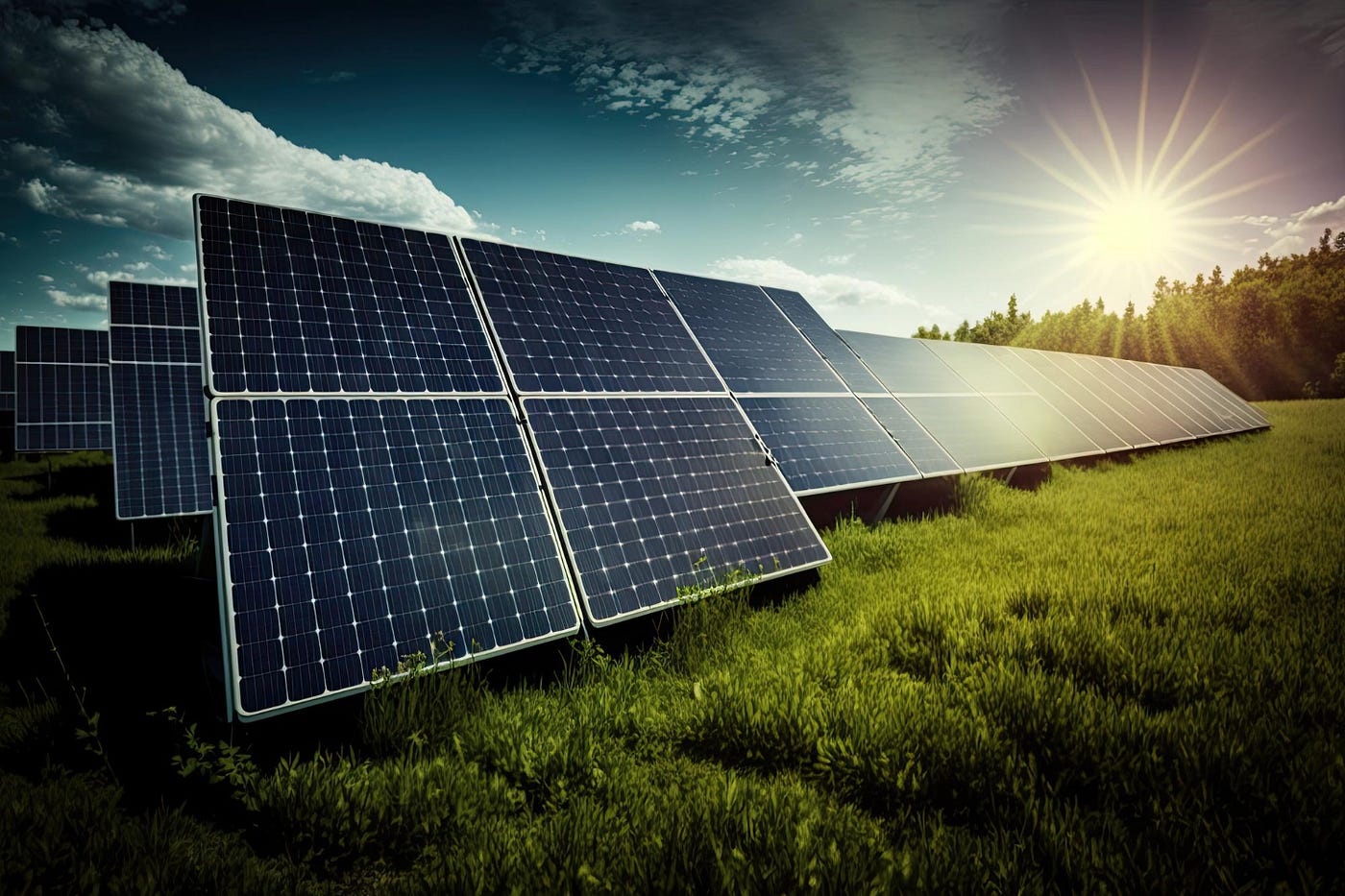People are gradually shifting toward solar energy use. Yet many myths and misconceptions still surround this technology.
Attaining knowledge about energy sources requires making an informed decision, so here are a few solar energy misconceptions which must be dispelled.
1. Solar Panels Don’t Work in the Shade or During Inclement Weather
Solar panels and roofs work by turning sunlight into electricity using photovoltaic cells, with this process happening even on cloudy days. While solar works best when under direct sun exposure, advances in cell technology allow it to generate significant amounts of power even on overcast days.
Solar energy may seem intimidating at first, but that doesn’t have to be true! Consumers should do their research and consult reputable dealers regarding the advantages and disadvantages of going solar to make an informed decision that fits best for their home and lifestyle.
Solar systems are built to withstand harsh weather and elements, so homeowners can expect their solar system to function as intended without extensive maintenance requirements. Simply clearing away snow occasionally may require extra care.
Solar energy often gets misunderstood as not providing energy at night or on cloudy days, when this is simply not true. Most residential systems connected to the grid provide power back for use during cloudy times as excess electricity flows back in via grid connection and back to solar system at night – or on inclement days with batteries designed specifically to store solar power during inclement weather.
2. Solar Panels Don’t Produce Electricity in Cloudy Conditions
One of the biggest myths surrounding solar power is that it only works during sunny weather conditions. Since solar panels depend on sunlight to generate electricity, people often assume that they only work well in places with year-round sunshine. This misconception only makes sense in regions that receive plenty of sunshine each day – or are at a location with abundant sunshine throughout their journey to work or recreation.
It would be unfair to homeowners interested in going solar to assume this false rumor; solar energy remains just as effective on cloudy or overcast days as when in direct sunlight; its output simply differs due to being blocked by clouds or objects in its path.
Even in cloudy skies, solar systems have been estimated to still produce 10-15% of their normal output despite any weather-related interruptions. While this might not sound like much, it should still provide enough power for household appliances and is much better than nothing!
If your solar system is installed under trees or other objects that cast shade onto its panels during certain parts of the day, there are special high-efficiency technologies that can counter this effect. Such systems use thin aluminum layers on back of solar cells to reflect back light photons that were not absorbed on initial pass through and increase energy production.
3. Solar Panels Aren’t Cost-Effective
One of the primary factors holding back homeowners from investing in solar energy is cost. But over the past decade, solar has become more cost-effective for home installations thanks to flexible financing solutions available today, making solar an appealing and budget-friendly choice for many homeowners.
Solar panels are long-term investments that pay for themselves quickly through reduced electricity bills and maintenance expenses. Furthermore, these systems are typically very resilient and low maintenance costs are required for them. Furthermore, snow and wind resistant designs mean these solar systems should withstand any harsh climate conditions as well. Ultimately, these solar systems represent an intelligent investment which quickly pays for itself through lower electricity bills.
Solar energy also has a positive environmental impact, as it reduces greenhouse gas emissions by decreasing fossil fuel use – making it a sustainable and eco-friendly energy solution.
Myth 4: Solar Panels Don’t Produce Energy during a Power Outage Another common misconception regarding solar panels is that they won’t generate energy during cloudy or overcast days; in reality they still generate electricity, though with reduced efficiency compared to sunny days. Solar panels also capture diffused light sources which can help during these types of conditions.
Solar power systems only cease producing energy during a complete power outage, at which point most grid-tied systems are programmed to shut down automatically for safety reasons, since reconnecting electricity would pose serious threats to utility workers who are trying to restore it.
4. Solar Panels Aren’t Recyclable
Many homeowners install solar energy systems to save money and the environment, but when their systems reach the end of their lifespans they’re often just thrown out without much thought about how they will be recycled.
Solar panels typically consist of crystalline silicon semiconductors that convert sunlight to electrical energy by energizing electrons within cells and moving them back and forth, producing electricity with each beam of sunshine that hits it. More sunlight equals more power generated.
Though some solar companies are exploring other types of photovoltaic cells, most solar systems continue to rely on crystalline silicon systems. Silicon atoms form a crystal lattice structure which makes solar power production far more efficient than using other technologies such as traditional fossil fuel power plants or wind turbines.
Solar energy may seem less attractive as an environmental alternative due to the fact that electricity production requires natural resources like coal and natural gas for its creation; however, as more homes switch to solar, their use will diminish making solar an increasingly renewable and sustainable option for home energy needs.
Solar energy can be an extremely cost-effective source of electricity for homeowners, saving them significant sums every month by opting to get it directly off of their roof rather than through utility grid. Plus, excess power sold back can help offset some upfront costs associated with installing such systems.

